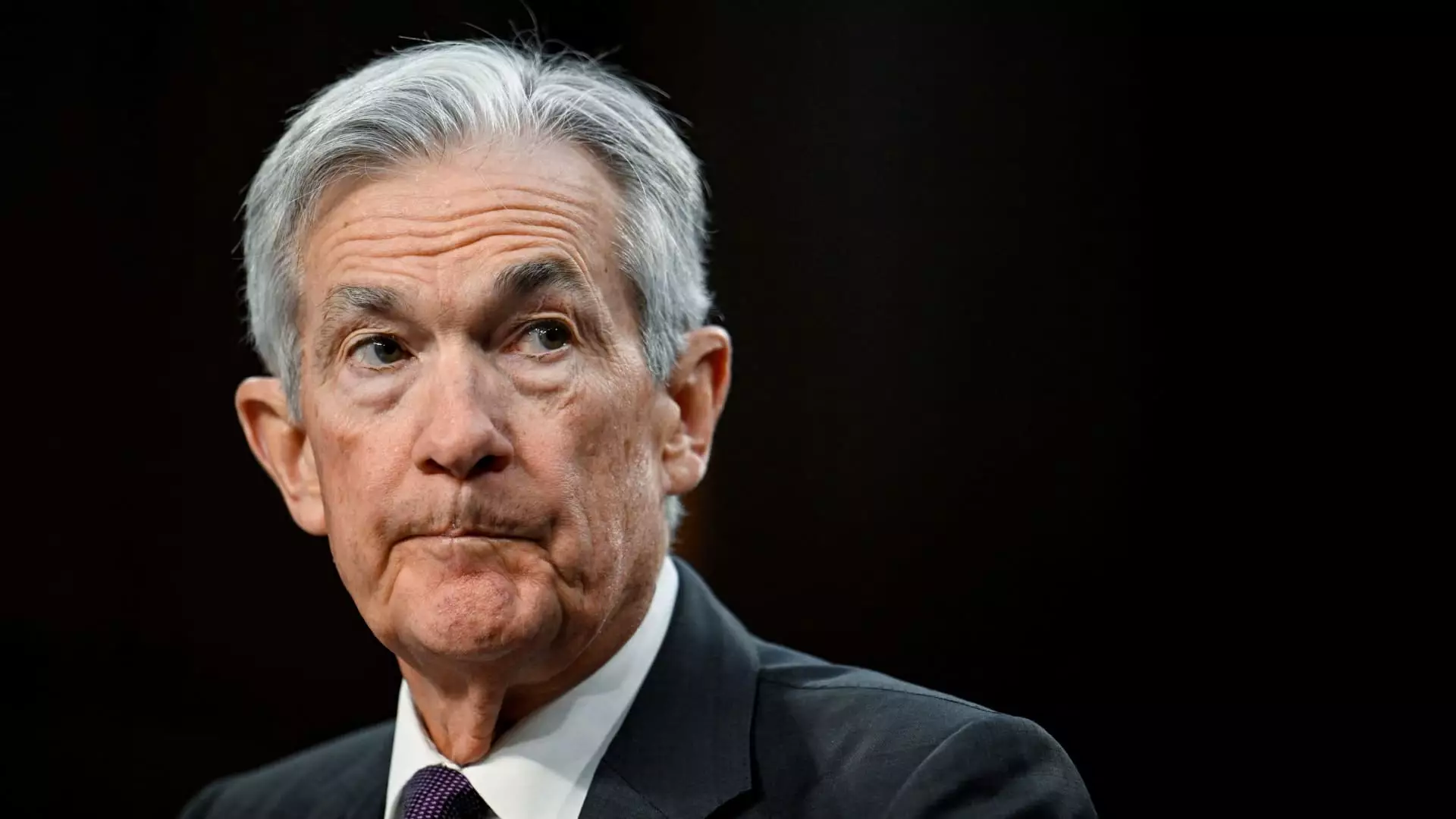At the heart of the current economic discourse is the Federal Reserve’s navigation through an unprecedented landscape of uncertainty. While officials insist that monetary policy is “well-positioned” to adapt to economic shifts, it appears that this comforting narrative masks a more complex reality. The Federal Reserve finds itself in a position akin to that of a driver pressing the brake, immobilized by an overabundance of unknowns. This peculiar state results in a passive approach—needing to remain neutral amidst swirling winds of potential risks and uncertainties.
Atlanta Fed President Raphael Bostic recently highlighted this conundrum, articulating the conflicting emotions pervasive in the economic landscape. On one hand, there is enthusiasm, particularly from banks, about prospective changes in taxation and regulation. On the other, there lurks anxiety regarding trade and immigration policies. Such contradictions amplify the challenges of policymaking, leaving the central bank to grapple with unforeseen crosscurrents.
The past few weeks have been marked by heightened communication among Fed officials—an occurrence often referred to as “Fedspeak.” Though many officials regard the policy environment as “well-positioned,” they now appear increasingly cautious, acknowledging the discomfort brought about by President Trump’s contentious trade agenda. This sentiment of uncertainty has permeated recent discussions, suggesting that the Fed remains on high alert for potential shocks that may derail economic progress.
Bostic’s blog post, aptly entitled “Uncertainty Calls for Caution, Humility in Policymaking,” serves as a clarion call for restraint. The language of uncertainty echoes throughout the minutes of the Federal Open Market Committee (FOMC), which detailed a multifaceted apprehension surrounding trade, immigration, and regulatory policies. Amidst this backdrop, policymakers are left to contemplate the ripple effects these elements will have on critical economic indicators—namely employment and inflation.
Uncertainty’s dual-edged nature poses significant challenges for the Fed. On one side, it hampers job growth, which has remained relatively stable despite ongoing global tensions. On the other, it jeopardizes inflationary targets set at 2%—a goal that has eluded the Fed for four consecutive years. St. Louis Fed President Alberto Musalem’s remarks illustrate the precarious position of inflation, with risks skewed toward the upside. He outlines a scenario where inflation remains heightened while economic activity simultaneously slows down—a daunting prospect for any policymaker.
Musalem’s assertion regarding the current fed funds rate of 4.25%-4.5% hints at the Fed’s inclination to maintain a “modestly restrictive” policy. Optimism about inflation converging toward the 2% target hinges on steady monetary policy, but the potential for increased economic volatility looms large. Bostic extends this sentiment, cautioning that complacency is unwarranted and that fresh threats to price stability could emerge without warning.
Another dimension of this multifaceted dilemma involves tariffs and their implications on the economy. Chicago Fed President Austan Goolsbee, known for his less hawkish stance, highlighted the unpredictability surrounding tariffs, emphasizing their potential to deliver shocks of varying magnitudes. In a broader context, FOMC minutes have made it clear that the Fed remains wary of new threats to financial stability, particularly regarding the leverage and long-duration debt accumulating within the banking sector.
Economist Mark Zandi has expressed alarm at the fragility of the U.S. bond market, which is expected to weather changes with little resistance. His comments echo a profound concern: a significant sell-off could be imminent, fueled by collective economic pressures related to tariffs and inflation. Acknowledging the current market’s instability, Zandi posits that the Fed’s ability to make aggressive rate cuts remains highly constrained until more concrete measures around inflation are established.
The Federal Reserve’s path forward is fraught with complexities that demand a deft, measured approach. With a web of uncertainties entwining economic trajectories, officials find themselves walking a tightrope of expectations and realities. The interplay of trade policies, inflationary risks, and financial stability creates an intricate tapestry that the Fed must navigate with careful considerations. Ultimately, the overarching desire for clarity remains a guiding principle as the Fed strives to maintain economic stability amid a sea of change. As policymakers brace themselves for potential storms ahead, vigilance and prudence will be paramount in shaping effective economic policy.

